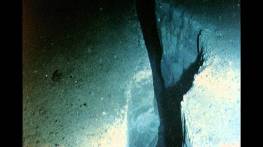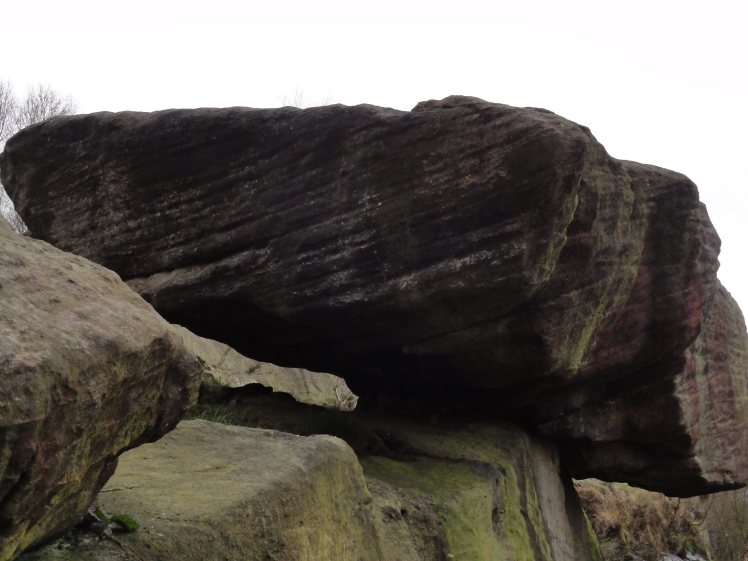I like numbers. Numbers lead you into all sorts of wonders.
Numbers are wonders.
36,200; 29,026; 93,000,000; 245,000
Ah. Sometimes numbers need modifying with words before they can beco me wonders.
me wonders.
36,200 feet
The depth of the Challenger Deep the deepest part of the deepest ocean trench, the Mariana Trench in the Pacific Ocean. What’s down there? I wonder. I’d love to visit.

29,026 feet.
The height above sea level of peak XV (15 in Roman numerals).
Peak XV? This was the name the British survey of India gave to a mountain, ascertained by trigonometry. We know it better as Mount Everest. The highest mountain on earth. What’s it like up there? I wonder. I’d love to visit.
93, 000, 000 miles.

Ninety three million miles. The distance from the earth to the Sun. Around about. Give or take a few thousand. That is a vast distance. It takes the light 8 minutes to travel that distance. What’s it like out there? Can you hear anything, is there colour. I wonder. I’d love to visit.
245,000 miles.
 Another long distance. The distance from the Earth to the Moon. Not huge in the scale of the solar system. But what a difference. From our lush blue and green planet, with its variety of landforms and climates, teeming with life, full of colour to… what? A dead lifeless orb, devoid of colour and yet as an astronaut who walked on the surface observed “Magnificent desolation.” Terribly deafeningly silent. Cold…and hot. Extreme yet beautiful. What is it really like out there? I wonder. I’d love to visit.
Another long distance. The distance from the Earth to the Moon. Not huge in the scale of the solar system. But what a difference. From our lush blue and green planet, with its variety of landforms and climates, teeming with life, full of colour to… what? A dead lifeless orb, devoid of colour and yet as an astronaut who walked on the surface observed “Magnificent desolation.” Terribly deafeningly silent. Cold…and hot. Extreme yet beautiful. What is it really like out there? I wonder. I’d love to visit.
I could go on and on. Numbers are wonders. Visit a number wonder with me.
 53:53.36; 01:41.25; 925
53:53.36; 01:41.25; 925
It’s just a set of numbers, but qualified with letters, it begins to make sense.
53:53.36N, 01:41.25W
53 degrees 53 minutes 36 seconds north of the equator and 1 degree 41 minutes 25 seconds west of the Prime meridian; 925 feet above sea level.
Lines of Latitude and Longitude. An altitude above sea level. Not height. There is a difference, aircraft pilots will tell you. I won’t. Look it up for yourself. What is it like there? You wonder.
But I know.
I love to visit. Again and again.
It is always new, this old and ancient spot.
Visit it with me now.
How wonderful, is this place. To the north a magnificent 
vista appears. Rolling hills rise out of a deep valley, verdant in summer, bleak in winter. At the foot of the steep ridge a town, toy like from this height, with a silver splash snaking through. Hold out the palm of your hand and it all fits in. To the east lie flat acres of farmland and meadow, mile after mile. To the south lie two cities, different in size, half hidden by low hills and bowl like valleys. In between are smaller towns, bustling and busy in their own right, quietened and blurred by distance. To the west rises a great long ridge, castellated by rocky outcrops which have stood firmly and resolutely against the great glacier which many , many years ago created the valley from which they rise.
A geology text book will tell you it is part of a formation that was laid down 315,000,000 years ago. Three hundred and fifteen million years ago. That’s around about 115,000,000,000 sunrises and sunsets. One hundred and fifteen billion. 
That same book will tell you that at the start the area was close to the equator and enjoyed a tropical climate, only later becoming locked into the grip of numerous ice ages.
As I stand there, the ever present wind licking my face, tugging at my clothes, gentle today, as if welcoming an old friend; I think and I wonder.
I wonder about what it was like in its tropical days, a large river delta teeming with life. What life and death struggles have taken place right at this spot. What was the highest temperature ever, at this spot. What noises filled the air. Some no doubt would be familiar now, – water lapping, the dull rumble of distant thunder in the warm enveloping heat. Others would be different, not quite the same, as the composition of gases in the atmosphere were different. The buzz of an insect – who knows how large – in the oxygen rich, soupy, hazy air.
Variscan orogeny.
It rolls around the tongue to be savoured like a fine wine. What it means, this period at the end of the Upper Carboniferous period, is that this land was beginning to crumple. Far to the south massive movements of tectonic plates, pushing and squeezing and deforming and moving. Lifting great mountain chains into existence – and changing this wondrous place again.
Now it’s 200,000,000 years ago. Two hundred million.
Creeping north and now a desert. How still, how silent – how temporary.
The Jurassic.
Still moving steadily northwards. No grasses. Still warm.
Dinosaurs.
I wonder. Did any of those magnificent creatures ever roam across this very spot on which I am standing. Oh for a time machine, a method to travel back through time to see, and hear. Or was there nothing but desolation and silence? If I put my ear to one of the rocks, could it be possible that somehow I might hear? I know that if a scientist investigates the grit and sandstone, they can, with the magic of chemistry release the very air that was trapped in the sediments. Two hundred million year old air. What does it taste like, smell like. So close to this past, yet so far.
Moving on, ever northwards. I pass the near 66,000,000 year mark. Sixty six million years. The last of the dinosaurs die out. Or do they? Mammals are around and so are birds by this time. Some say that birds are the descendants of dinosaurs. Fascinating.
I wonder.
Now I think about the Ice.
How many glaciers have covered this place in the last
30,000,000 years. Thirty million. Where I am standing now, how cold has it got? What is the coldest it has ever been here? What stupendous minus temperature have these rocks experienced? Did anything live or move or have its being during these vicious, life denying periods?
I imagine a scene of utter desolation, white and featureless apart from the gritty outcrops of rock, tough enough to challenge the ice and win. At the limits of the glaciers tongue it resembles a quarry with dirty, pulverised rock discarded and abandoned to one side by an uncaring river of ice. The ice carving its own graffiti into the rock, like grooves in a vinyl record. They can still be seen today, testament to the monumental forces that have ground living rock to dust.
and win. At the limits of the glaciers tongue it resembles a quarry with dirty, pulverised rock discarded and abandoned to one side by an uncaring river of ice. The ice carving its own graffiti into the rock, like grooves in a vinyl record. They can still be seen today, testament to the monumental forces that have ground living rock to dust.
Now, as I stand here, I wonder at those humans who have been at this place. What laughter, what fear, what sadness, what delight and what joy have been experienced here. How many have looked over the valleys, hills and moors and marvelled at such creation – and destruction. What names have they held, what passions have they known?
Hunters and nomads, settlers and farmers, traders and villains, soldiers and peasants.
How many kisses, how many fights, how many sighs?
This stone I am touching. Has a Roman soldier touched the same spot. I know they were here, one of their roads is mere yards away. Did he stare at the sunrise, dreaming of home so many miles away. Did he wonder how many before him had touched this stone?
I look at the moon 245, 000 miles away. Who else has gazed upon the same silver orb, from this point, and thought of love and loss and what place in the universe they hold.
I feel connected to a myriad of voices and thoughts, feeling the same as me.
Some I can touch.
As the glacier before them, so they have left their mark. Names gouged deeply into the same rock that 10, 000 years before was resisting the glacier. What kind of day was it when they left their mark. Was it hot or cold, calm or wild, crystal clear or wreathed in fog? Did that same insistent keening wind brush against their cheeks? Why did they want to leave their mark?
As a storm creeps along the valley, I imagine with Turner the vision of Hannibal crossing the Alps.
Now looking around, as dusk begins to fall and the lights of the towns and cities begin to twinkle, warm and inviting, tendrils of civilisation creeping away into the blackness of approaching night I am transported back from a journey of three hundred and fifteen million years on this one spot. It is present day.
And I wonder.
I wonder what it will be like in another three hundred and fifteen million years. Who will love, who will laugh, how many tears will be shed at this wondrous place. What extremes of weather will there be. Will it move back to the equator, will more huge river deltas lay their sediments for future generations to ponder upon?
What magnificent creatures will develop, what astounding discoveries will be made.
Will there be those on the moon who will train their telescopes upon this spot, this speck of universe stuff?
And as I think and wonder, I am distracted by a shape, lifting from the ground a mile or so away. An airliner lifts from the airport, beginning its journey to who knows where.
The crew on the flight deck busy with their work fail to notice, have no reason to notice.
But the instruments on the console, as it flies over me, register, just for an instant , less than the blink of an eye, a position in space and time.
53:53.36; 01:41.25
The Chevin.
Otley, Yorkshire. United Kingdom.
Take time to visit this remarkable place.
You will be part of its never ceasing history.
©Steve Dawson. 2014